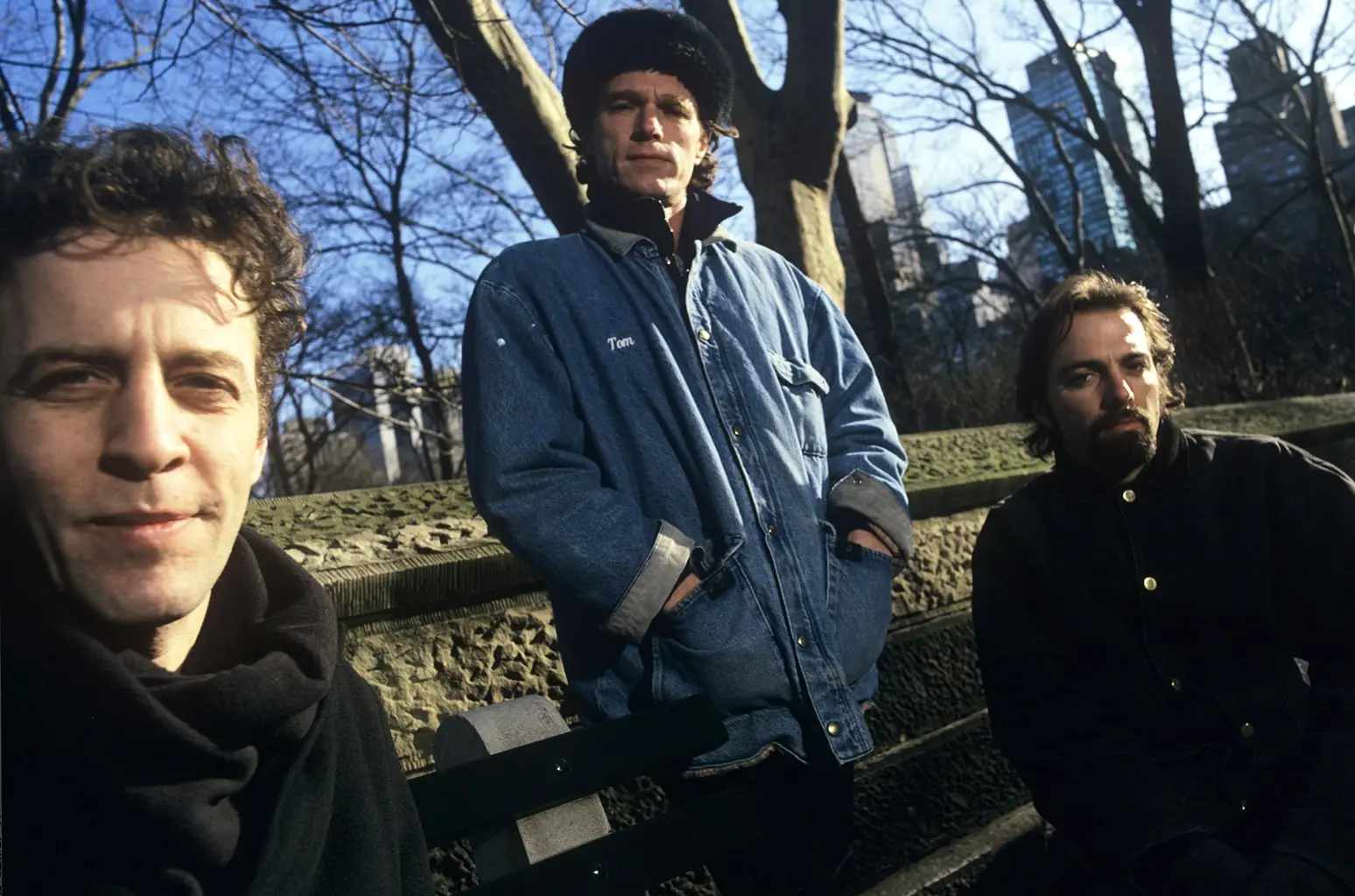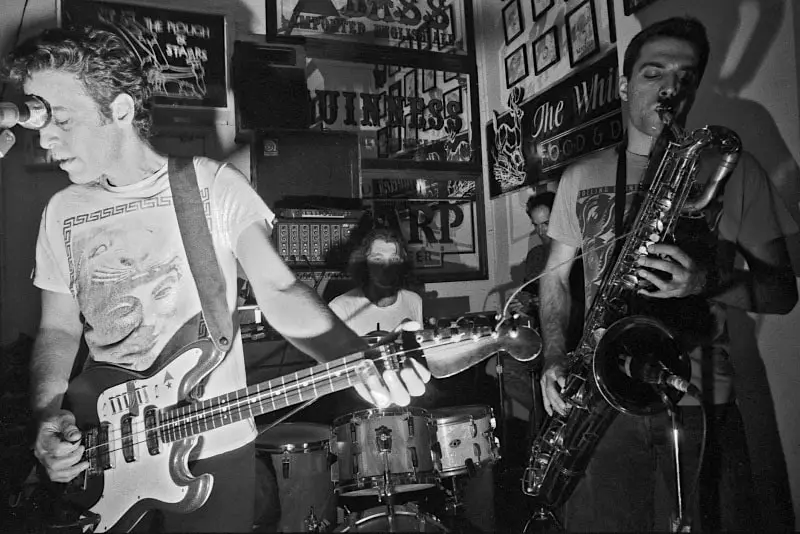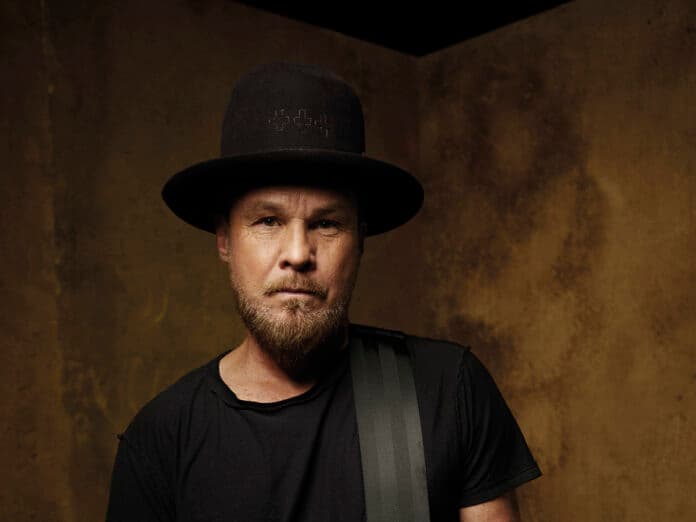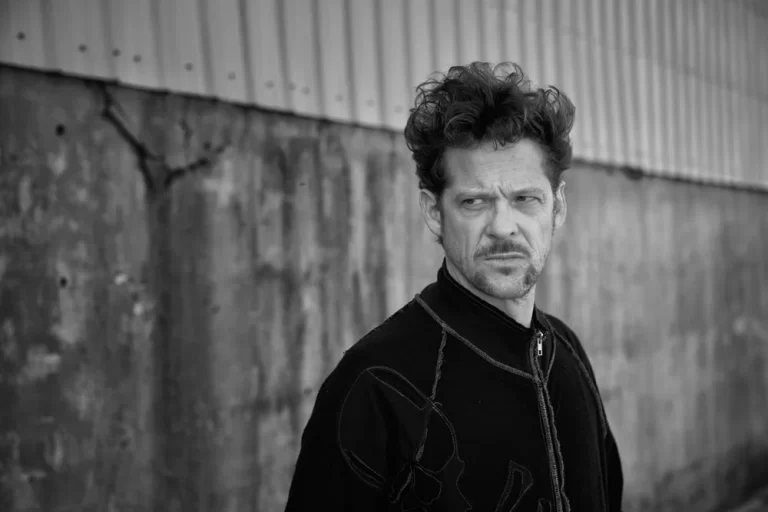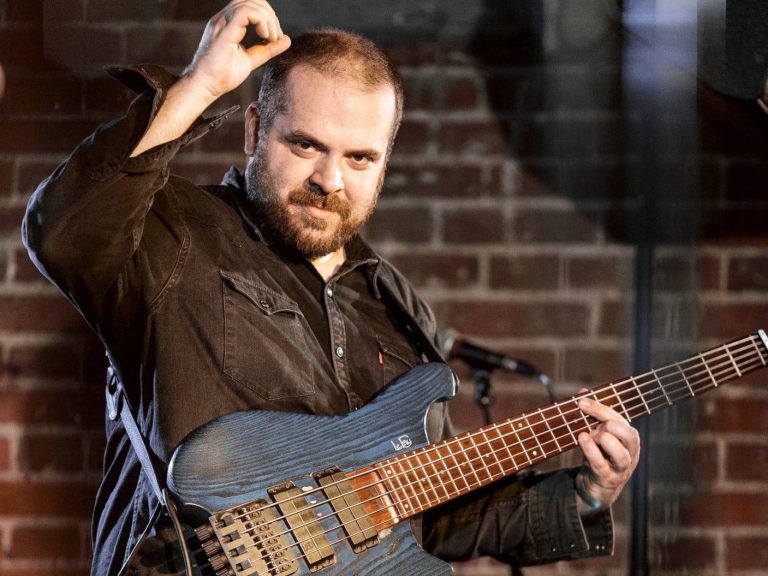Mark Sandman
It’s time to talk about Mark Sandman, an exceptionally talented bassist and leader of Morphine. He invented a unique style and called it “low rock.” The perfect combination of a homemade bass guitar with two strings, a baritone saxophone, and drums made his music sound charming. In addition, he used the slide technique, which is not typical for bassists.
Short Bio
Mark Sandman was a native of the Boston suburbs. He was born into a Jewish family in Newton, Massachusetts. Mark was the first child of Guitelle and Robert Sandman. He had two brothers, Roger and John, and a sister, Martha. The family suffered several losses – their three sons died. In 2007, Guitelle published her book “Four Minus Three: A Mother’s Story”, in which she told the story of a mother who buried her children. She characterized her eldest son as a hard-nosed kid who sincerely loved his family but demanded special attention.

Four Minus Three: A Mother’s Story
- “Well-written account of the history & tragedies of Morphine frontman Mark Sandman’s family. Warm, involving & personal.“
- “Very poignant. I really appreciate that Guitelle has shared her story with the world. Far too much loss for one family to bear.“
- “I thank Mrs. Sandman for sharing her story with us. I can’t imagine how difficult it must have been for her to write the book. I thank her for letting us meet her children, and appreciate their lives.“
Sandman’s parents were the children of the Great Depression. Therefore, they valued stability. They insisted that Mark attend Boston University. After school, he studied political science. However, the guy dropped out of university after 2 years and decided to travel and see the world. He hitchhiked to Alaska, and when the money ran out, he got a job on a fishing vessel and went to sea with fishermen for 2 years.
Then, he went to Brazil, where he worked on plantations, collecting marijuana and mushrooms. He soon became very ill and had to return home. In Boston, he worked as a taxi driver until aggressive passengers stabbed him in the chest. Having recovered from his injury, Mark decided he would make money only from music. In 1986, Mark formed his first band, Treat Her Right. The band included drummer Billy Conway, guitarist David Chapman, and Jim Fitting, who played harmonica. They were popular in Boston but didn’t gain much popularity outside the city.
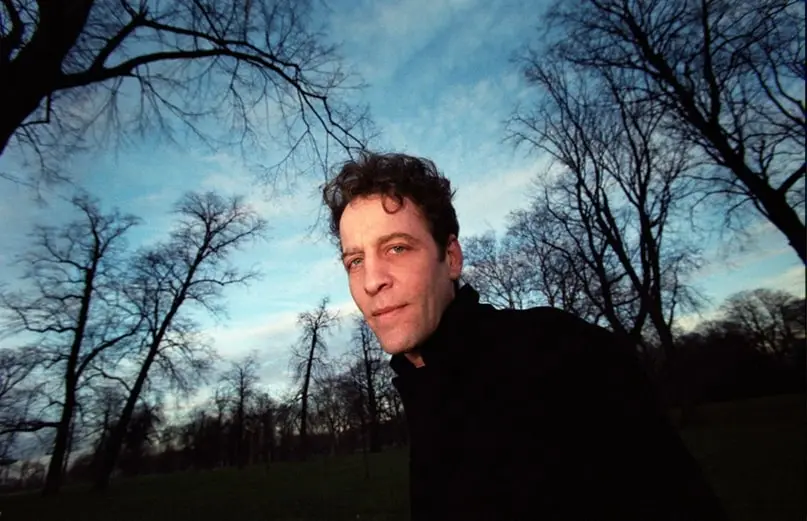
Mark always strived for creative experiments. In his free time, he liked to draw and even created a comic book about the adventures of three anthropomorphic balls of twine who play music. According to the idea, three friends intertwine to form a rock band. The balls play together, become successful, break up, and reunite. Sandman took the plot from the life of his new Morphine band.

Stay safe in the Internet!
✔Subscribe to our Telegram channel and get fresh VPN discount promocodes, exclusive offers, and coupons every week.
Get VPN DiscountsMorphine Band
Many people consider Mark Sandman an underrated genius. However, he was famous not only in the United States but throughout the world. Morphine has a large following, and its army of fans is still growing as the younger generation discovers its unusual sound.
“I listen to a lot of tapes I pick up at ethnic grocery stores. I like things that aren’t necessarily coming from Western sources”.
Sandman said in an interview.
Perhaps that was why none of the critics could accurately determine Sandman’s musical style. Mark’s music combined jazz, country, beat, and grunge. As a result, Mark Sandman is known as an outstanding indie rock performer. However, the musician always wanted to hide from the hackneyed terms that defined their work as rock or grunge.
When Treat Her Right broke up, he met saxophonist Dana Colley. Drummer Jerome Deupree soon joined them. They quickly won their first fans. Then, Deupree was diagnosed with arthritis. He had to leave the band and undergo treatment. Billy Conway, with whom Mark worked in Treat Her Right, took his place. That was how the Morphine band was born.
Mark wrote and sang songs. Both Dana and Billy performed backing vocals. Sandman was an indispensable frontman. His worldview and musical taste shaped the band with the unique sound of two baritones – voice and saxophone. Those saxophone riffs supported his original vocals.
In 1991, the band recorded their first album in the studio of Rassu Girshaw. He was Mark’s friend who agreed to release the record when other labels refused. Then, Rycodisc responded. That was where the musicians recorded the following two albums.
Morphine performed in small clubs and never opened for more popular bands. Instead of traveling on tour, they chose 3 permanent locations in Boston. Those were nightclubs where the musicians gave concerts once a week.
The concept of such promotion was successful. Sandman didn’t spend money on advertising, replacing it with word of mouth. People soon started talking about the band beyond Boston. They wanted to listen to Morphine’s music in other cities in the USA, Canada, and even Europe. The band needed a manager, and Mark turned to his friend Deborah Klein because he didn’t want to contact the New York administrators, who were impossible to reach during the day. Deborah was involved in all the band’s affairs, organizing performances, including at festivals. For 10 years, the band’s producers were Paul Kolderie and Sean Slade.

After the release of their second album, “Cure for Pain” (1993), the band went on tour in the United States and Europe. As a result, Morphine sold 300 thousand copies – a record number for the small Rycodisc label. Rycodisc also recorded the album “Yes” (1995). In 1996, the musicians signed a contract with the DreamWorks label. Moviemakers paid attention to Sandman’s music. In addition to the album “Like Swimming” (1997), the studio helped the band record songs for the movies “Get Shorty” and “Things to Do in Denver When You’re Dead.”
By 1997, Mark’s financial situation had stabilized. Mark began to enjoy his business benefits. The musician improved his Hi-N-Dry home studio, bought a luxury piano, exchanged his old car for a luxurious SAAB, and expanded his collection of musical instruments.
A few years earlier, he met a charming girl, Sabina. They wanted to get married and buy a house in Cambridge or Sommerville. Mark introduced his bride to his parents. Guitelle approved her son’s choice of wife and was sincerely glad that music could bring him money.
Bands Mark Sandman Played in
1989 is the year Morphine appeared. Mark Sandman determined the band consisted of 3 people. He immediately found a common language with saxophonist Dana Colley. The musicians continued their experiments ad infinitum and always recorded them on tape. The audience was captivated by Sandman’s bass passages and Colley’s playing of two saxophones simultaneously.
Sandman was constantly looking for new ideas. Therefore, he played in several other projects along with Morphine. In Hypnosonics, the musician played funk guitar with a horn section. In Pale Brothers, he enjoyed country music. In Supergroup, he spontaneously composed songs immediately named by the public.
Mark Sandman’s Bass Guitar and Approach to Instruments
“One string is enough since every string has every note,” – Mark Sandman said in an interview. – “The fewer strings you can have, the greater your chance of not getting confused in the notes. Two strings are rather my whim. But I can play fourths and fifths.”
The musician perceived Morphine as a platform for experimentation. One day, he picked up a bass guitar and removed all the strings except one. As a result, Mark’s signature sound was born. Sandman added another string and tuned it in unison with the existing one. He used a bottleneck as a slide.
Each Sandman’s instrument cost no more than $100. The musician could even find some of his guitars in a trash heap and later repurposed them. Mark Sandman always strived for simplicity. He believed a song should have no more than 2 verses, one chorus, and a minimum of words. Mark could carry the equipment for the band’s performance by hand and pursued minimalism in everything.

Mark wanted to move forward and create a hybrid guitar, for which he had already come up with the name “tritar.” He planned to install one bass and two guitar strings on the neck to perform guitar and bass parts during the concert.
Last Concert
Born in 1952, Mark Sandman lived only 46 years. He died in the Italian commune of Palestrina during a festival concert. It happened on July 3, 1999. On that day, it was too hot outside, about +40⁰C. The organizers arranged a sound check during the day amid the sun. In the evening, the band managed to play only 2 songs. As usual, Mark was joking with the audience during breaks. And then, the musician suddenly fell onto the platform and crashed into it along with the guitar. The audience first perceived the fall as a continuation of the joke. However, Mark didn’t get up. The ambulance arrived quickly, but they couldn’t save the musician. He died on the way to the hospital.
Memory
A year later, Morphine released their posthumous album, The Night. The album recording featured guest musicians and the two remaining trio members – saxophonist Dana Colley and drummer Billy Conway. They retained Morphine’s style of performing songs but complemented the sound with violin, organ, piano, and female backing vocals.
Mark’s death was a blow to his parents. They already lost two sons. The youngest, Roger, had cerebral palsy. The boy died in 1978 after several strokes. 16 months later, John passed away. The 21-year-old guy accidentally fell out of a window on a student campus.
Their sister, Martha, remained the only child in the family. She trained to be a music teacher. Dana Colley and Billy Conway inherited Mark Sandman’s studio. They first formed the band The Twinemen (2001-2008). After that, they produced and recorded albums for other musicians until Billy died in 2021. Mark Sandman’s friends and family also created a charity to help children learn to play musical instruments.

Hey, fellow bassists and musicians overall!
I’m nothing more than just bass player and enthusiastic blogger. Feel free to ask any questions in the comments.
Huge thanks for all crazy people who supports this resource. Keep groovin’!

